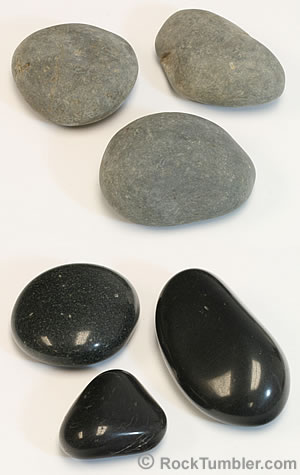Basalt is the most common type of igneous rock and it covers the ocean floor and thus exists.
Basaltic rocks make up most of the seafloor.
Porosity is a measure of the volume of open space in rocks and unconsolidated geological materials such as alluvium and soils a.
Most of earth s basalt is produced at divergent plate boundaries on the mid ocean ridge system see map.
Igneous rock is formed by the cooling and crystallization of molten magma at volcanoes and mid ocean ridges where new crust is generated.
Have a similar texture.
Confining pressure where.
Basaltic rocks make up most of the sea floor.
Intrusive igneous rocks are often characterized as coarse grained because.
Granite and gabbro.
Basaltic magmas that form the oceanic crust of earth are generated in the asthenosphere at a depth of about 70 kilometres.
Are found primarily in continental interiors.
The rock cycle is the transition of rocks among three different rock types over millions of years of geologic time fig.
Other articles where basaltic magma is discussed.
If you could slice through the earth from it s inner most core at 6 371 km beneath the surface of the planet to its outer shell you would find a variety of solid dense metals in the hottest interior perhaps as hot at 4 300 c or 7000 f that are surrounded by an outer core of liquid metals continuing to move outward into the mantle you would then encounter solid rock towards.
The slow cooling at depth allows large crystals to grow.
Basalts may be broadly classified on a chemical and petrographic basis into two main groups.
Basalt is an aphanitic fine grained igneous rock that is relatively low in silica and alkali metals it has less than 10 feldspathoid by volume with at least 65 of the rock consisting of feldspar in the form of plagioclase this places basalt in the basalt andesite field of the qapf diagram basalt is further distinguished from andesite by its silica content of less than 52.
Make up most of the seafloor.
Basalt extrusive igneous volcanic rock that is low in silica content dark in color and comparatively rich in iron and magnesium.
Obsidian exhibits a texture.
Basalts at oceanic divergent boundaries.
Igneous rocks with an andesitic composition.
Basaltic rocks make up most of the sea floor a true b false.
Here convection currents deliver hot rock from deep in the mantle.
This hot rock melts as the divergent boundary pulls apart and the molten rock erupts onto the sea floor.
Forces are applied equally in all directions.
Are denser than granitic compositional rocks.
The mantle rocks located at depths from about 70 to 200 kilometres are believed to exist at temperatures slightly above their melting point and.
Most of the rocks of the earth s crust are igneous although sedimentary rocks usually cover them.
The tholeiitic and the alkali basalts.

